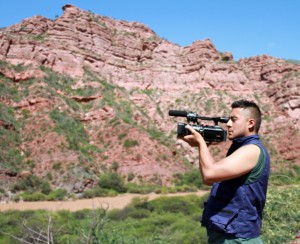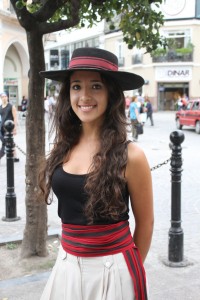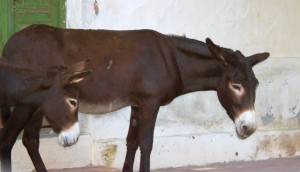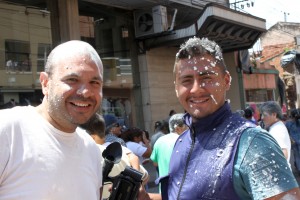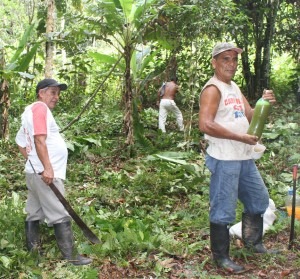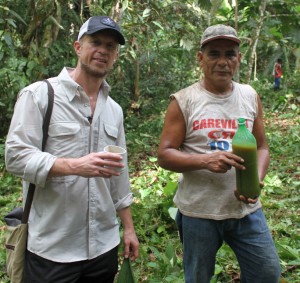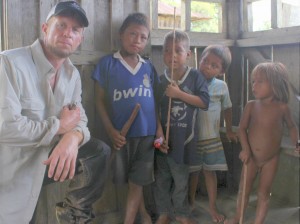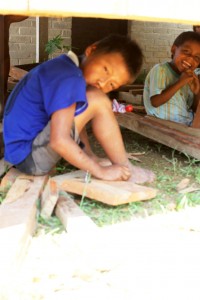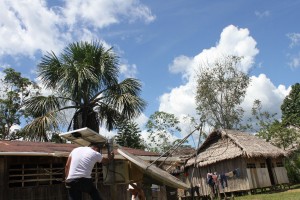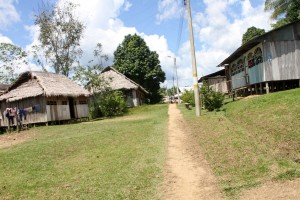Visiting Buenos Aires is an easy decision. But one of the toughest decisions when visiting Argentina is figuring out where to go when you are ready to venture outside of Buenos Aires and experience the rest of this fascinating country.
You can do as we did and take easy day trips to neighboring towns Tigre and San Antonio de Areco, but to really get a feel for this country, you need to travel further outside the capital city where nearly half of the country’s inhabitants live.
There are so many choices. You can head to the edge of the Amazon to take in the incredible Iguazu Falls on the border of Brazil; Or take in the beautiful lakes and natural wonders of San Carlos de Bariloche; or head down to the end of the world to the incredible Patagonia region; or if you are craving to soak up some vitamin D and it’s summer, how about the beaches of nearby Mar Del Plata? Don’t forget the wine region of Mendoza! Unless you are visiting for 3 months or longer, you’ll have to make some hard choices.
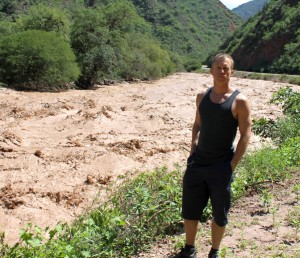
Even if you have a 6 to 8 weeks, you can probably get to most of these wonderful spots without feeling like you are rushing through them.
But alas, like most people, we were on a bit tighter schedule (10 days) and an even tighter budget. So little time, so many places. We had to pick one destination, so we turned to our trusty friend, part time resident and Argentina travel expert and writer, Michael Luongo. Michael admitted these were all tough choices but recommended the Salta Province.
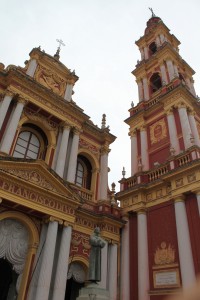
We took Michael’s advice and man are we glad we did. By traveling to the Salta Province we got a more indigenous take on Argentina. The city of Salta itself is beautiful with historical buildings and beautiful old churches and the pace of the city is worlds apart from bustling Buenos Aires. You can get a great view of the city really quickly by taking a ride on the city’s metro cable overlooking the surrounding area.
We arrived around 4 in the afternoon which was siesta time. We were amazed at the quietness and tranquility in the streets. But that all changed when the sun began to set, the city began to cool down and people came out to resume their day/evening. Historic downtown Salta suddenly became a beehive of bustling activity.
We were there during Carnival month so we were able to take in some indigenous dancing on the main square each night, a type of dancing that you may have a tough time finding in Buenos Aires with all the Tango parlors and modern discos pumping salsa and electronica music.
The other great thing about Salta is you can take a very scenic and easy drive to wine country Cafayate, which is just a few hours away by car and most importantly, has some of the most stunning desert landscapes known to man. If you make the drive you want to definitely schedule some time to stop along the way and take photographs. The scenery is absolutely stunning and the traffic when we went at least, was very, very light on the winding roads.
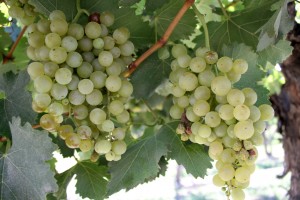
When we arrived, our first clue that this was probably the tranquil little town that had been described in the guidebooks, was when we spotted a donkey roaming the streets.
The altitude in the Calchaquí Valley mixed with the desert weather helps this region grow some of the best grapes for wine in the world. So after spending the night in Cafayate, we visited one of the many wineries around town, Bodega El Esteco.
El Esteco was founded in 1892 and distributes millions of bottles of wines a year. Andres Hoy from El Esteco toured us through the winery and took us through the process of growing the grapes all the way to bottling. After the tour we did the customary wine tasting. My favorite was the organic white wine but it turns out even non organic Argentine wine is the closest thing to “organic” in the world, with very little pesticide spraying going on compared to other wine producing nations like the U.S. or France.
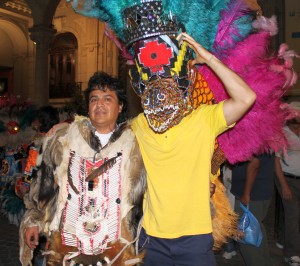
Also, since the weather is very consistent, almost any year is as good as the next. This is is very different from wines grown in the U.S. or Europe, which may have one outstanding year out of five or ten years, so you need to really know your stuff when ordering those wines.
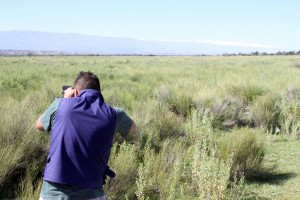
Just a short drive out from Cafayate are the fascinating Quilmes Ruins, where the Diaguita people lived between 800 and 1665 AD. At one time over 6,000 people from the tribe of Quilmes lived in this stunning city on a hill, now know as Quilmes. The ruins were discovered in the early 1900s and restored in the late 1970s.
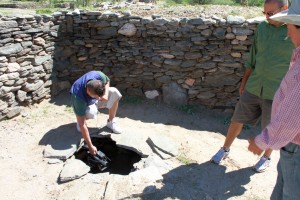
The Quilmes Ruins are the only remaining, fully restored ruins in all of Argentina today. The descendents from these original settlers still live in the city today and if you go, you’ll find them selling their crafts and conducting tours a to the smattering of off the beaten path daily travelers. While Quilmes is indeed slightly off the beaten path it’s well worth the relatively short drive from Cafayate in my opinion.
If you have the time, take the drive north of Salta towards the town of San Salvador de Jujuy. On the drive there it’s the direct opposite of Cafayate’s desert climate, with lush, green hills and chilled, mountain air. We were limited on time, so essentially we made it to San Salvador de Jujuy for lunch and had to turn around and head back to Salta to get ready for our trip home, but not before witnessing a very cool little Carnival street parade which resulted in the crew getting doused with flour, which is evidently part of the tradition and definitely part of the fun.
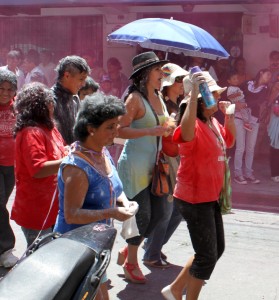
Salta Province was a good call. We were able to experience a different side of Argentina that you could easily miss if you remained in the more populated areas surrounding Buenos Aires. Most people don’t realize the influence the indigenous people have had and are still having on the culture of Argentina. Salta is a good place to visit to gain a perspective often given short shrift in some guidebooks and many travel blogs.


